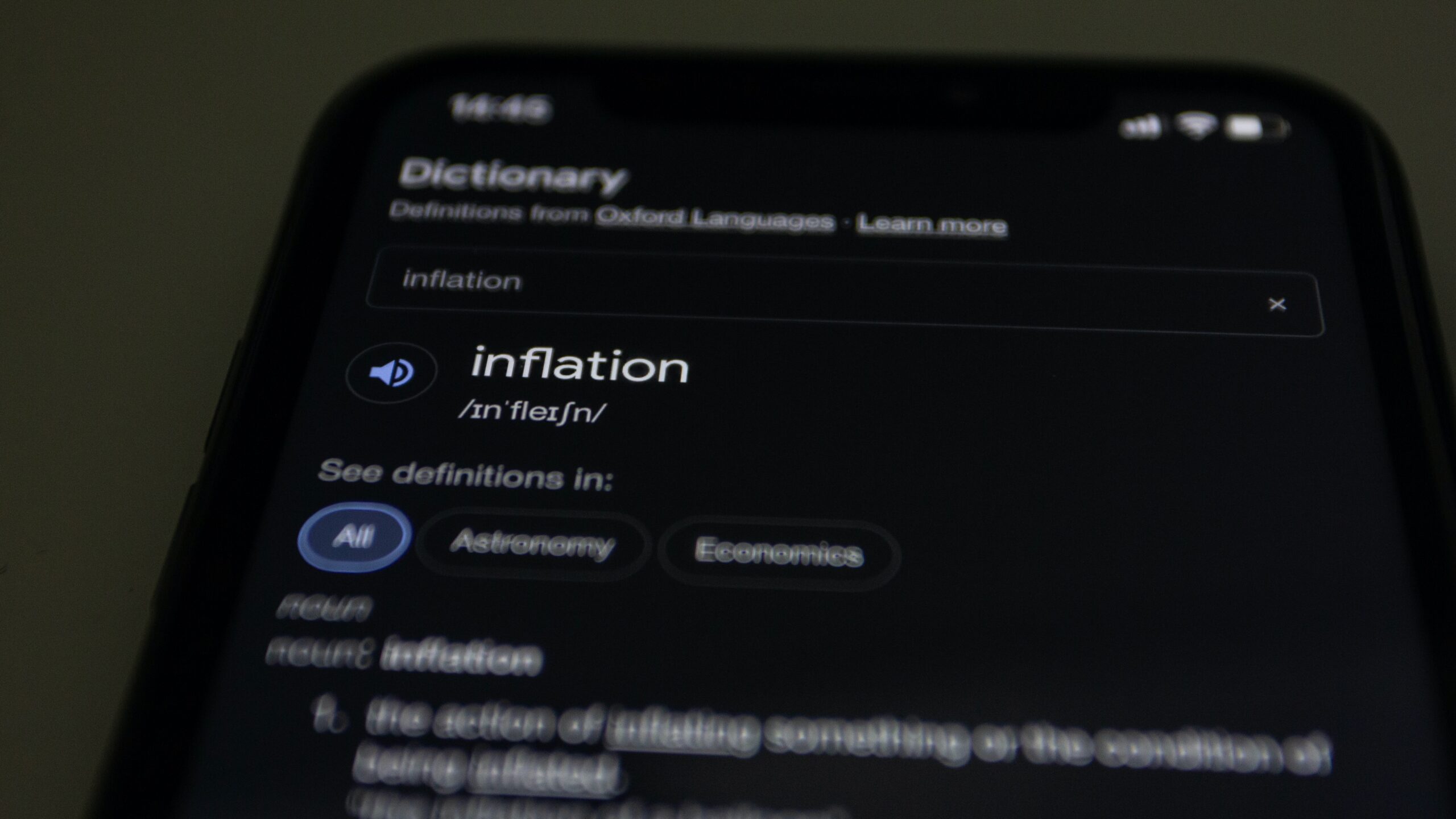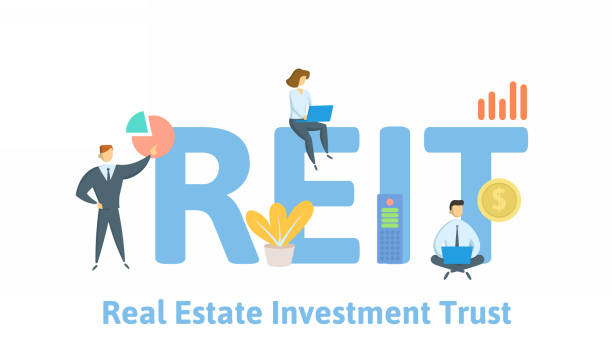

Table of Contents
Introduction:
Inflation is a term that resonates across economic discussions, impacting everything from the cost of goods to the stability of economies.
It’s a phenomenon that affects individuals, businesses, and entire nations. In this comprehensive guide, we’ll delve into the depths of inflation, exploring its definitions, causes, types, and its impact on various facets of our lives.
1. Defining Inflation:
Inflation, measured by indices like CPI or PPI, is a result of the decreasing value of a currency over time. It’s essential to recognize the difference between inflation and price increases due to temporary factors.
Inflation indicates a sustained rise in prices across the board, impacting various sectors, while temporary price changes might occur due to specific events like natural disasters or geopolitical tensions.
Understanding the distinction helps individuals and businesses anticipate and prepare for long-term shifts in prices, guiding investment decisions and financial planning.
Example:
Consider a scenario where a country’s CPI increases by 3% annually. While certain prices might fluctuate due to market dynamics, the overall trend indicates a consistent rise in prices for goods and services over time, signifying inflation.
Actionable Advice:
Keep an eye on inflation trends by following economic indicators. Adjust budgets and investment strategies to account for the erosion of purchasing power caused by inflation.
2. Causes of Inflation:
Demand-pull inflation often occurs in robust economies where consumer demand outpaces supply. This could stem from increased consumer confidence, leading to higher spending, or from government policies that encourage spending through fiscal stimuli.
Cost-push inflation, on the other hand, can be triggered by rising production costs, such as increased wages, higher raw material prices, or energy costs.
Supply shocks, like disruptions in the supply chain due to natural disasters or geopolitical tensions, can also contribute to cost-push inflation.
Example:
During periods of economic recovery, increased consumer demand for housing might outstrip the available supply, leading to a surge in real estate prices—a classic example of demand-pull inflation.
Actionable Advice:
Diversify investments to hedge against rising costs. Businesses should focus on efficiency to mitigate the impact of rising production expenses.
3. Types of Inflation:
Creeping inflation, characterized by a slow and steady rise in prices, is often manageable as it allows for gradual adjustments in economic policies.
Hyperinflation, however, is catastrophic. Instances like post-World War I Germany or more recently, Zimbabwe, demonstrate the dire consequences of hyperinflation, where prices soar uncontrollably, eroding savings and causing economic turmoil.
Stagflation, an atypical combination of stagnant economic growth and high inflation, presents unique challenges for policymakers as traditional remedies might not be effective in such scenarios.
Example:
Zimbabwe’s hyperinflation in the late 2000s, with prices doubling every 24 hours, showcases the devastating impact of hyperinflation on an economy.
Actionable Advice:
Diversify assets to hedge against extreme inflation scenarios. Governments should employ prudent fiscal and monetary policies to prevent or mitigate the effects of hyperinflation.
4. Impact of Inflation:
For consumers, inflation erodes purchasing power. Saving for retirement or major expenses becomes challenging as the value of money decreases over time.
Businesses face the dilemma of adjusting prices or absorbing higher costs, impacting profitability and potentially leading to changes in employment or investment strategies.
Governments grapple with balancing inflation to stimulate growth without triggering economic instability, a delicate act requiring precise policy measures.
Example:
High inflation in Venezuela led to shortages of basic necessities like food and medicine, severely impacting the quality of life for its citizens.
Actionable Advice:
Individuals can explore investment options that offer returns above the inflation rate. Businesses should focus on innovation and efficiency to mitigate the impact of inflation on costs.
Conclusion:
Inflation is a multifaceted economic phenomenon that influences every aspect of our lives. From its definitions to its diverse types and far-reaching impacts, its significance cannot be overstated.
As we continue to navigate economic landscapes, understanding inflation becomes an indispensable tool for individuals and policymakers alike to foster economic stability and growth.
We’d love to hear your thoughts on inflation and its impact on your life. Feel free to share your experiences or questions in the comments below.




One Comment